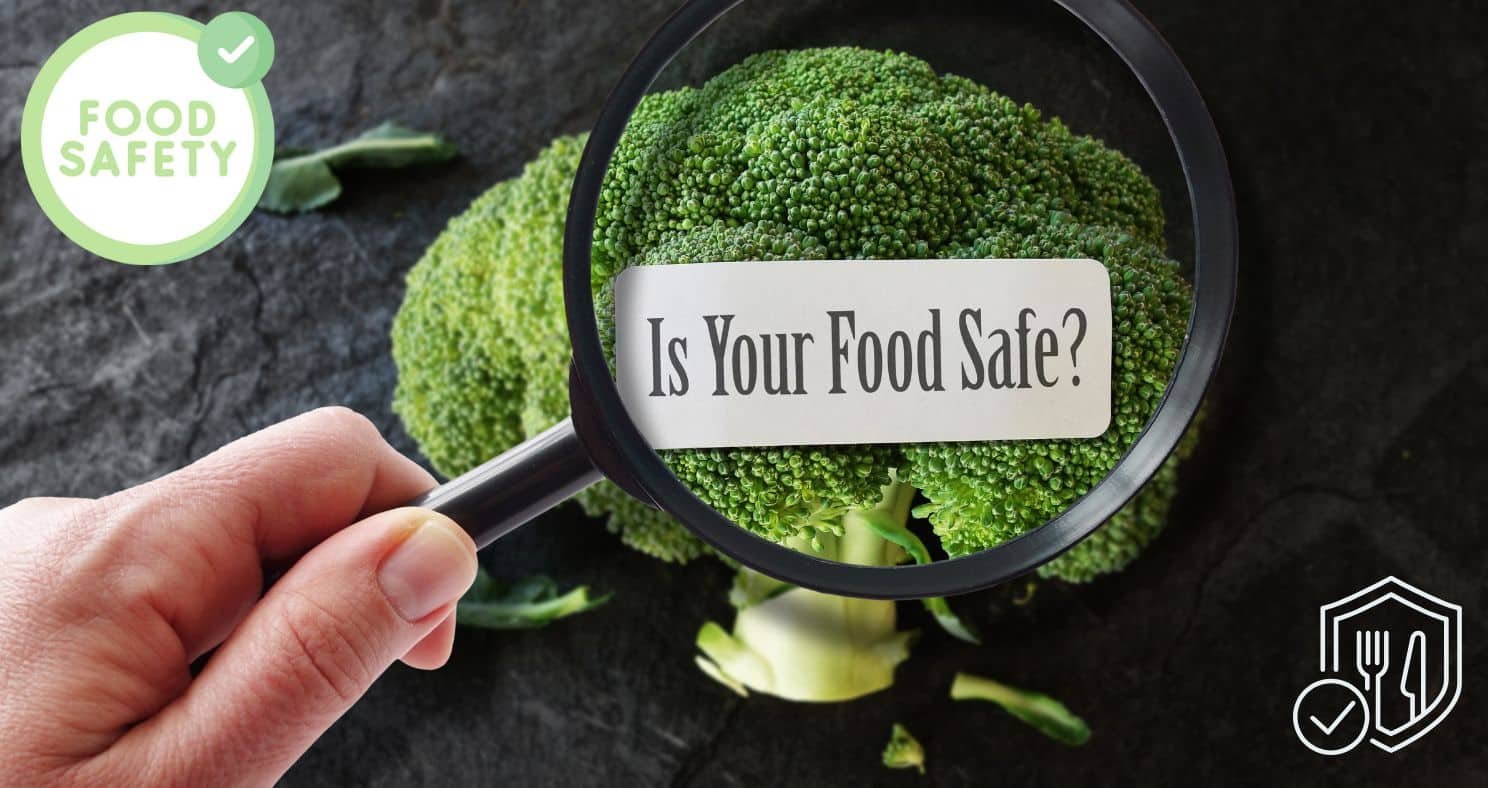If you’re someone who loves spending time in the kitchen—whether you’re a seasoned chef or just enjoy whipping up meals at home—there’s one invisible threat you should definitely have on your radar: Listeria.
This foodborne bacteria doesn’t get as much buzz as salmonella or E. coli, but it can be just as dangerous—especially for pregnant women, older adults, children and anyone with a weakened immune system. In fact, pregnant women are 10 times more likely than others to become infected with listeriosis. The infection is especially serious during pregnancy because it can pass to the unborn baby and lead to complications such as preterm labor, miscarriage, or stillbirth.
The good news? A few simple food hygiene habits can go a long way in keeping you and your loved ones safe—though for some high-risk groups, avoiding certain types of foods may also be necessary.
First, What Is Listeria?
Listeria monocytogenes is a type of bacteria that can live in soil, water, and animals—and unfortunately, it can sneak into foods like:
Soft cheeses made from unpasteurized milk
Deli meats and hot dogs (especially if not reheated)
Refrigerated smoked fish
Raw sprouts and leafy veggies
Pre-made deli salads or pâtés
What makes Listeria unique (and tricky) is that it can grow even in the cold—yes, your fridge isn’t a safe zone for it as listeria can survive refrigeration and even freezing. One of the most recent major Listeria outbreaks in the U.S. was linked to frozen nutritional shakes and, unfortunately, resulted in 41 hospitalizations and 14 deaths across 21 states.
🏠 Home Kitchen Tips to Keep Listeria Away
1. Clean as You Go
Wash your hands with soap and warm water before and after handling food. Wipe down counters, cutting boards, and utensils with hot, soapy water—or, even better, use a sanitizing solution. The FDA recommends using a mixture of one tablespoon of chlorine bleach per gallon of water, followed by drying with a clean paper towel or a cloth that hasn’t been previously used.
2. Keep Raw & Ready-to-Eat Foods Separate
Use separate cutting boards for raw meats and for foods like vegetables or bread. Cross-contamination is one of the main ways Listeria spreads—and one of the most common mistakes home cooks make in the kitchen.
3. Heat It Up
Deli meats? Hot dogs? Heat them until they’re steaming hot (165°F/75°C). Cooking is one of the most effective ways to kill Listeria and other harmful pathogens.
4. Chill Smarter
Keep your fridge at or below 40°F (4°C) and eat leftovers within 3–4 days. Don’t let food sit out for more than 2 hours. Just keep in mind that Listeria can survive even in freezing temperatures—so while refrigeration helps slow its growth, it’s not foolproof protection.
5. Know the Risky Foods
If you’re pregnant, older, or have a compromised immune system, consider avoiding higher-risk foods like soft cheeses (unless they’re clearly labeled “made with pasteurized milk”) or deli foods. In the U.S., past listeriosis outbreaks have been linked to a wide range of foods, including unpasteurized milk and cheeses (like queso fresco), raw or processed fruits and vegetables, undercooked meats and poultry, deli meats, hot dogs, ice cream, and smoked or raw seafood, according to the FDA.
Deli meats, in particular, are a concern. According to a 2022 study published in the International Journal of Food Microbiology, deli meats were the leading cause of listeriosis infections in the U.S. over the past five years.
6. Attention for Pet Owners
Listeria has even been found in raw pet food, so it’s important to handle it with care. Always pick up and thoroughly wash pet food dishes in a designated sink—not one used for food preparation—as soon as your pet finishes eating. Also, make sure children don’t come into contact with raw pet food or feeding areas.
👨🍳 For the Food Pros
If you run a food business or work in a commercial kitchen, the stakes are even higher. Listeria outbreaks have caused major product recalls and restaurant closures—one of the most damaging events a food business can face and often difficult to recover from. Not to mention the legal challenges that can follow owners even after a business has closed.
Listeria Prevention Tips for Restaurant Owners and Food Service Pros
Protecting your customers—and your business—from a Listeria outbreak starts with a strong food safety culture. Here are essential practices tailored for professional kitchens:
✅ Develop a Comprehensive Food Safety Plan
Create a written food safety plan that includes Listeria-specific controls. Identify high-risk foods (like deli meats, soft cheeses, and smoked seafood), outline procedures for handling them, and define sanitation protocols. Regularly review and update the plan.
🧼 Sanitize Surfaces and Equipment Frequently
Listeria can persist on surfaces for long periods. Clean and disinfect prep areas, cutting boards, slicers, and cold storage units with Listeria-effective sanitizers—especially after handling ready-to-eat foods.
🏷️ Label and Date All Stored Foods
Follow a “first in, first out” policy. Clearly label and date all prepped foods, and discard items that exceed recommended shelf life to minimize bacterial growth.
👨🍳 Train Staff Thoroughly and Consistently
Ensure all employees understand the risks of Listeria and the importance of cross-contamination prevention, personal hygiene, and temperature control. Training should be thorough and ongoing—not a one-time checklist.
🌡️ Monitor Refrigeration Temperatures Daily
Since Listeria thrives in cold environments, keeping fridges at or below 40°F (4°C) is critical. Use calibrated thermometers and maintain temperature logs to ensure consistency.
📚 Stay Up to Date with Food Safety Guidelines
Regulations evolve. Regularly review updates from the FDA and USDA to stay compliant and implement the latest best practices.
💬 What the Experts Say
According to Dr. Kimberly Baker, a food safety specialist at Clemson University, cooking food to the right temperature is “one of the simplest and most effective ways” to prevent listeriosis. And Mitzi Baum, CEO of the non-profit STOP Foodborne Illness, adds that “education is key—understanding the risks helps reduce them.”
✅ Bottom Line
Listeria might sound scary, but with good habits and a little knowledge, you can keep your kitchen safe and your meals delicious. Whether you’re cooking for yourself, your family, or customers, staying food-safe is one ingredient you don’t want to skip.





